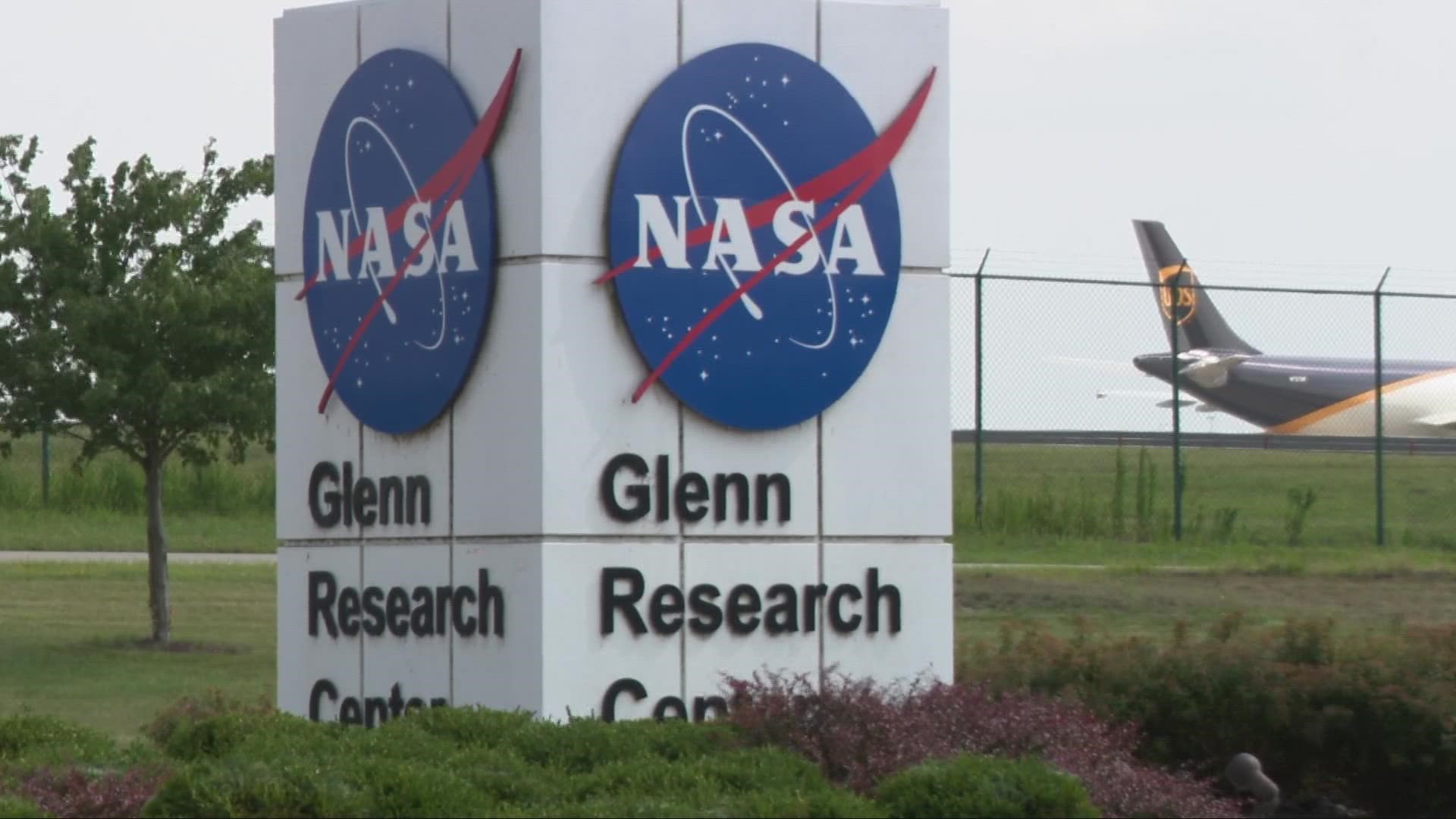CLEVELAND — The Artemis 1 mission to the moon results from multiple space agencies and private companies working in collaboration, something NASA Glenn has been doing for years with local industries.
Engineers at NASA Glenn Research Center are among the brightest in their fields. And they’re also smart enough to know they don’t have all the answers.
“So, it is important for NASA to look outside its gates for advanced technology to solicit for some novel ideas to help advance our missions,” said Amy Hiltabidel, the technology manager for NASA Glenn.
That’s where the Small Business Innovation Research (SBIR) program comes in. NASA’s research of wants and needs. Businesses with the right stuff can then apply for funding to turn their ideas into reality. Maxell Briggs runs the NASA Ignite solicitation within SBIR, which has a specific area of research.
RELATED: WATCH | 'Inside Artemis: To the Moon and Beyond' with 3News' Betsy Kling after historic NASA launch
“They either want to make it into NASA missions, or they want to make it into commercial markets in aeronautics or emerging space,” said Briggs, the NASA Glenn SBIR Program Manager.
N&R Engineering in Parma Heights had an idea to improve airplane jet engine performance.
“Efficiency increases whenever you can use lightweight material, higher strength and high temperature tolerate materials,” stated Vinod Nagpal, the President of N&R Engineering.
Using SBIR funding, the company developed software to test a ceramic matrix composite virtually. The upside of this material is that it is lighter weight and can potentially replace heavier metal parts in jet engines. The software N&R developed had results in weeks compared to the years it would have taken before this type of testing.
“It allows us to reduce the weight of aircraft engines and can be linked to direct fuel efficiency and increased payload capacity,” said Hiltabidel.
These materials could lead to massive savings for an industry that uses billions of gallons each year in fuel. 13.8 billion gallons were used in 2021, according to Statista.
“A quarter percent increase in the efficiency of the engines can save millions and millions of dollars for the aviation industry all over the world,” said Nagpal.
NASA pumps more than $200 million in funding annually into the SBIR program. It’s a win for the agency as more advancements are realized. And it’s also a win for small businesses like N&R.
“The vast majority of our awards go to firms that have 10 or less employees,” states Briggs.
SBIR affords businesses other benefits.
“You get the right to sole source contracts to the government without competition. So that a big benefit who are looking to sell products to the government,” said Briggs.
And meetings with NASA researchers and access to labs.
“Those are tremendously helpful, and people at NASA are so talented. Extraordinary people, so you always learn from them,” remarked Nagpal.
Living up to the mission of research and technology for the befit of all.
“Every time we launch a rover to Mars, it has multiple instants for technology on it that originated SBIR program,” said Briggs.
“We are here to support industry and have industry support us,” said Hiltabidel.
Since 2019, NASA Glenn has funded 29 different projects led by Ohio companies. For advancements in batteries, 3D printing in space, recycling materials, etc.
EDITOR'S NOTE: The video above previously aired on 3News on June 19, 2022.

